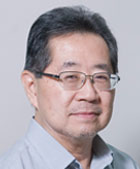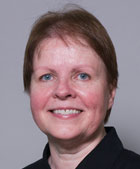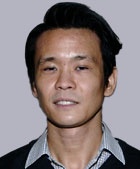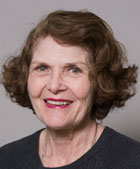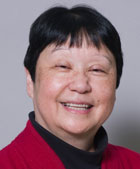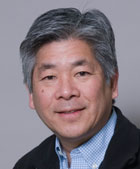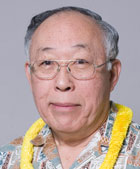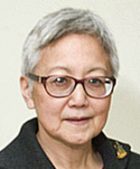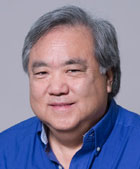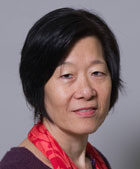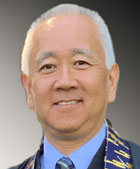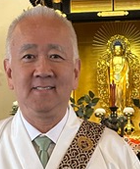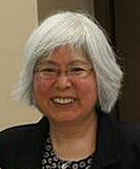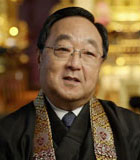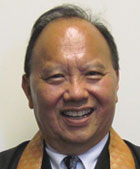2024 MBT Membership Pledge Drive
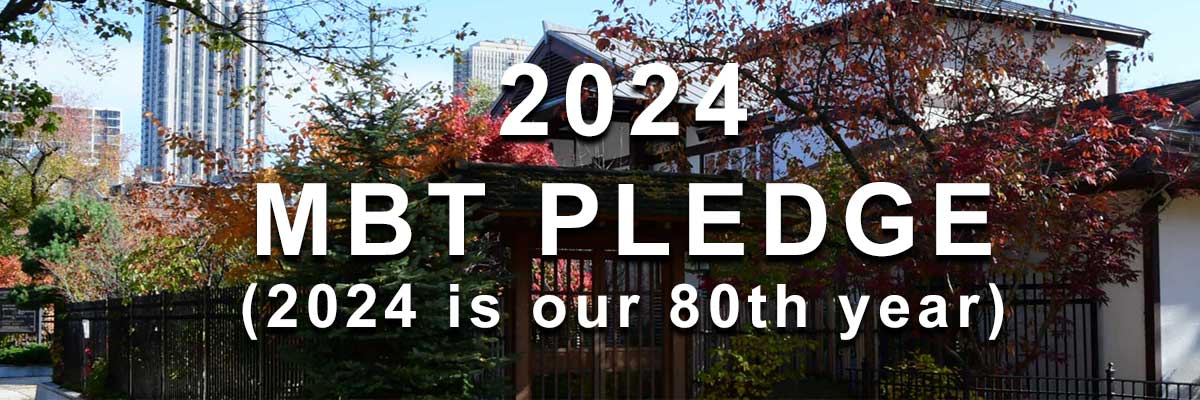
MBT thrives on the generous support of temple members and friends. 2024 marks our 80th anniversary and your contributions will help sustain MBT well into the future.
THANK YOU! Your pledge and donations supports MBT’s religious, social, and community programs as well as helping to maintain the Temple’s critical operations, including Minister and staff salaries, utilities, and building repairs. If you haven’t already, please read the Pledge Letter from the Board of Trustees (click the button below).
2024 MBT Pledge by the numbers
- $105,000 – Our 2024 goal is to raise $105,000 in pledge donations in order to meet MBT’s operating costs
- $450 – At our current membership, it takes an average of $450 per member ($900 for couples) to achieve our goal
About your Pledge
- Although we’ve suggested a pledge amount, we understand that not everyone can commit to this level of support and we encourage each member to contribute at the level that is right for you. And if you can afford levels above the guideline, please consider doing so.
- To be an MBT voting member in 2024 a person must be 16 years of age and meet the minimum pledge level of $300 per individual ($600 per couple).
- The Midwest Buddhist Temple is a 501(c)(3) non-profit organization.
Make your 2024 Pledge Soon
It helps our budget process if you make your Pledge early. If you are new to MBT, please remember to give us your contact information (email and mailing address) as you make your donation. Thank you.
Zelle®
If your bank supports the Zelle® payment system, ask for their instructions (Zelle® works without charging fees.)
- To donate via Zelle® use our donation email address:
giving@mbtchicago.org
- When you send the donation use the memo field to indicate MBT Pledge.
Remember to include your email address in the memo field as well.
PayPal®
PayPal® is one of the largest online credit-card payment systems and is used by many non-profits for donation collections. PayPal® deducts 2.9% of the amount donated as a processing fee.
- If you wish, on the PayPal® checkout screen you will have the option to increase your donation a small amount to cover the fee.
By Check
Make your check payable to Midwest Buddhist Temple and remember to:
- Write MBT Pledge on the memo line
- Mail your check to:
Midwest Buddhist Temple
435 W. Menomonee St.
Chicago, IL 60614
Remember to give us your email address for more efficient communications.
Spreading your Pledge across multiple months
- Recurring Payment is a feature provided by your bank/Zelle® or PayPal® (check with the payment provider for instructions). You can setup a smaller “recurring payment” to spread your Pledge across multiple months. Please note: If you set up a recurring payment you are responsible for managing (changing or stopping) the recurring payment process.
Thank You
We appreciate your continued support! If you have any questions or would like more information about the pledge process, feel free to contact the MBT Office by email at office@mbtchicago.org or by calling 312.943.7801; or any of us.
Gassho,
Rev. Todd Tsuchiya
Resident Minister
Jason Matsumoto
President, Board of Trustees
Kristin Park
Vice President, Board of Trustees
Rick Morimoto
Pledge Chairman
Kiku Taura
Pledge Committee Member
Rich Taura
Treasurer, Board of Trustees

date posted:


